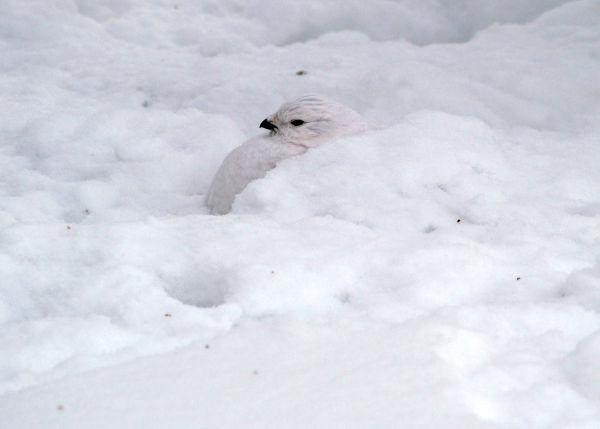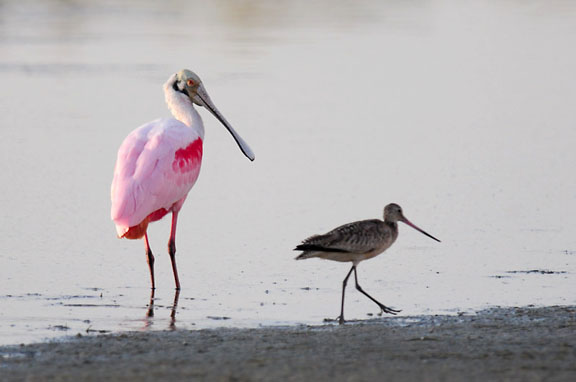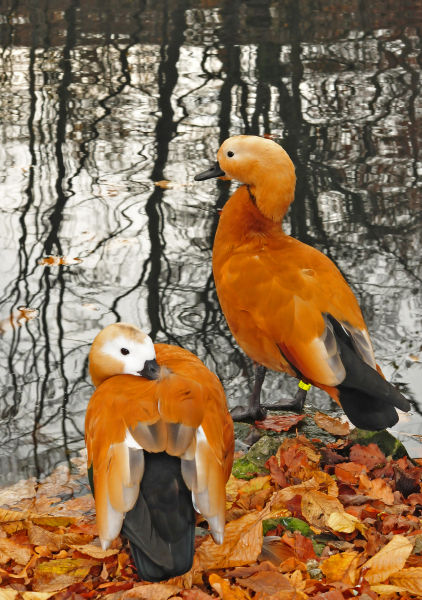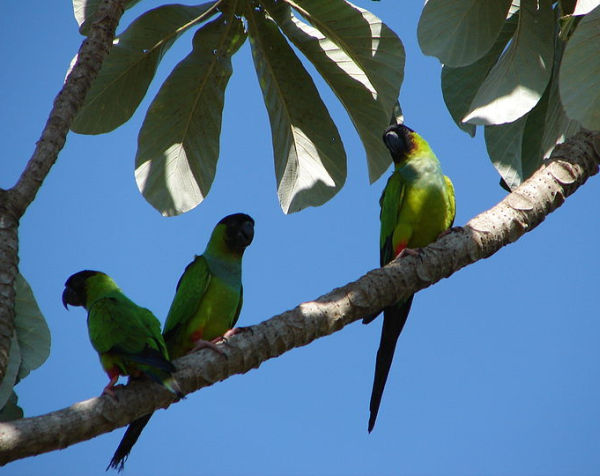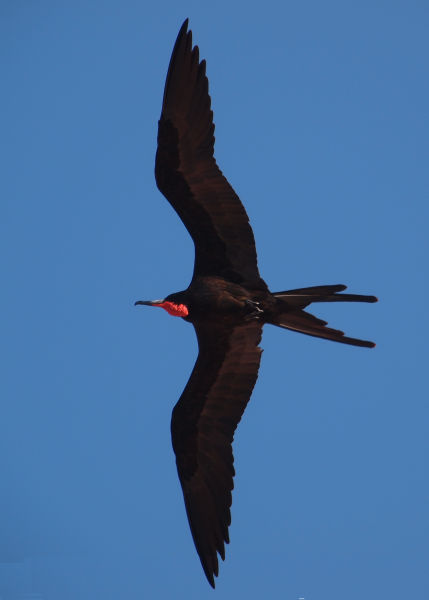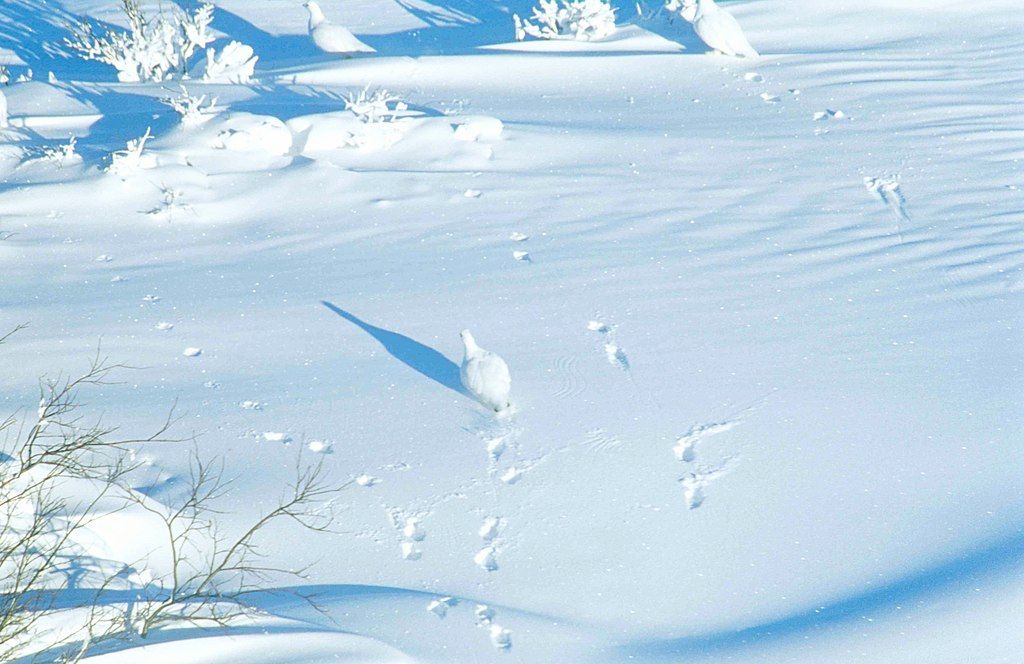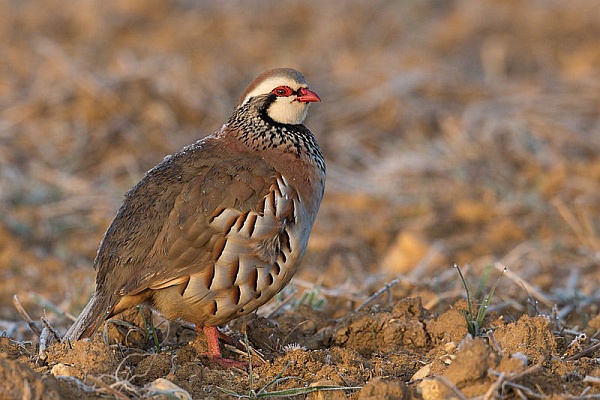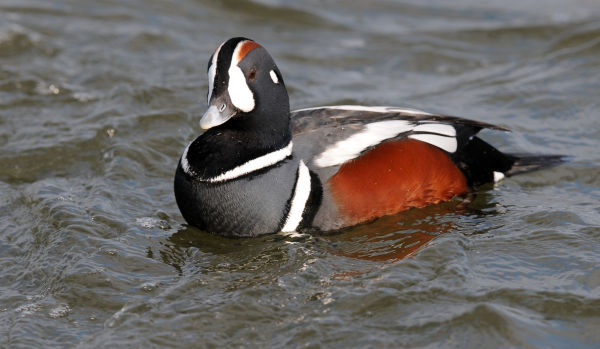
Coming this Sunday January 23 at 8:00pm on PBS’s Nature is a fascinating program you won’t want to miss: Birds of the Gods.
Narrated by David Attenborough, the show travels with Indonesian ornithologists to the remotest parts of New Guinea to film stunning birds-of-paradise.
New Guinea is a huge, mountainous, jungle-covered island north of Australia that had no mammalian predators until humans arrived. When they did, they were fascinated by these flashy birds whose courtship dances became part of human culture and whose feathers became essential symbols of status and wealth.
In Indonesian villages the feathers adorn elaborate headdresses and are used like money. Because the feathers are valuable the villagers protect their birds until needed for ornamentation. Unfortunately New Guinea’s habitat is changing. The program shows how local scientists are helping villagers preserve the headdresses with mothballs, allowing more birds to live.
Why are the feathers so valuable?
Birds-of-paradise are an excellent example of runaway selection. The drab females of these 40 species select mates who are “fashion icons.” All the males have elaborate feathers and amazing dance repertoires, but only the fanciest plumes and the best dance steps win a mate. The females watch intently, stepping in for a closer look. After thousands of generations only the most beautiful dancing males catch the females’ attention to reproduce.
To give you an idea of their beauty, shown above is a male Greater Bird of Paradise in courtship display. You can see his beautiful ruby tail and wings and his astonishing yellow-and-white upper tail coverts. This is only his back end! His chest is iridescent green.
But to really understand these birds you have to see them dance. The program has awesome video footage of courtship displays. My favorite is the ultimate fashion icon, the Superb Bird of Paradise. You have to see him to believe him!
Watch Birds of the Gods this Sunday, January 23 at 8:00pm EST on PBS. This news just in! Check your local listings! The show isn’t running on all stations.
In Pittsburgh, it’s on WQED.
(photo of a Greater Bird of Paradise in courtship display, by Andrea Lawardi via Wikimedia Commons. Click on the photo to see the original)
